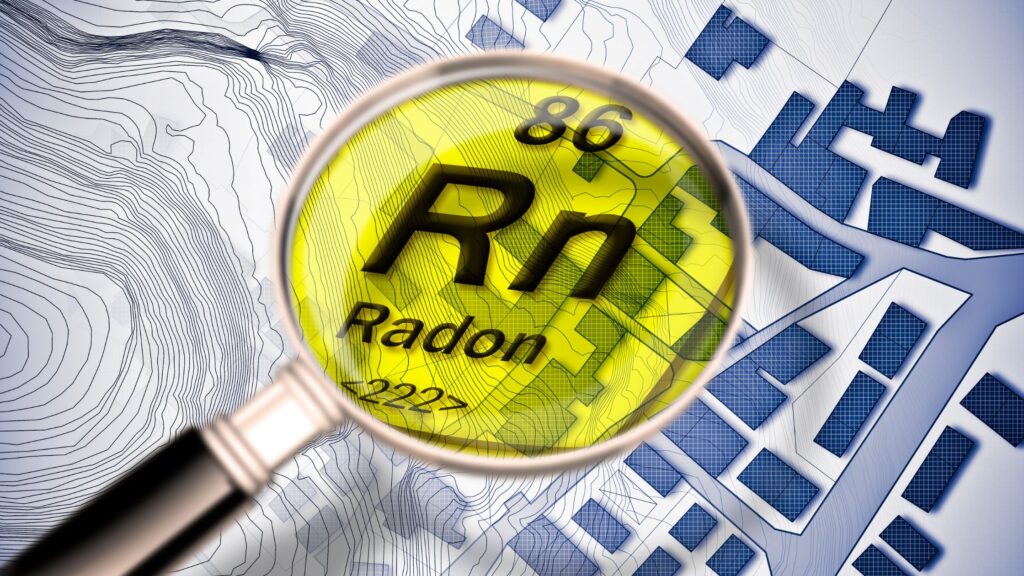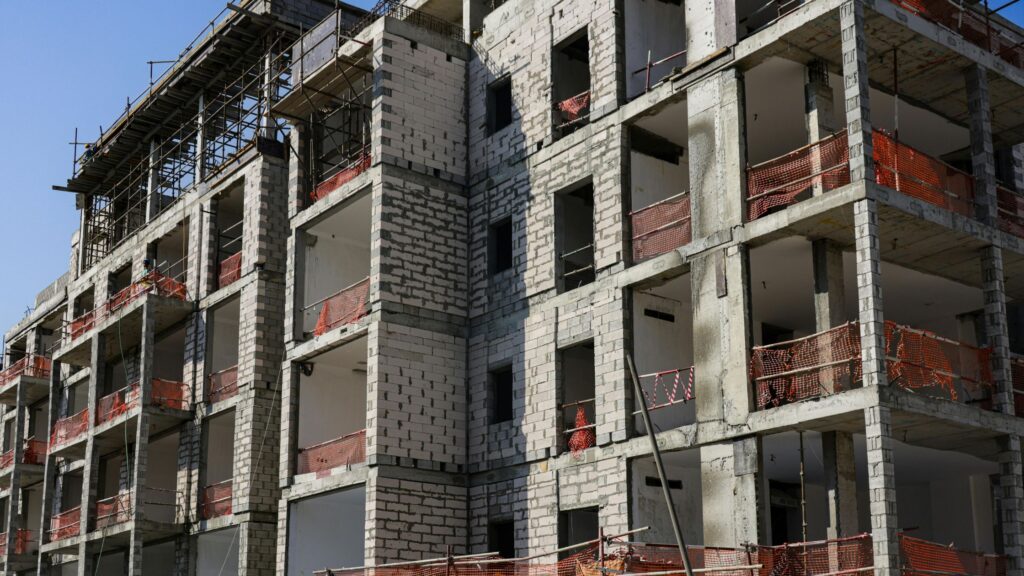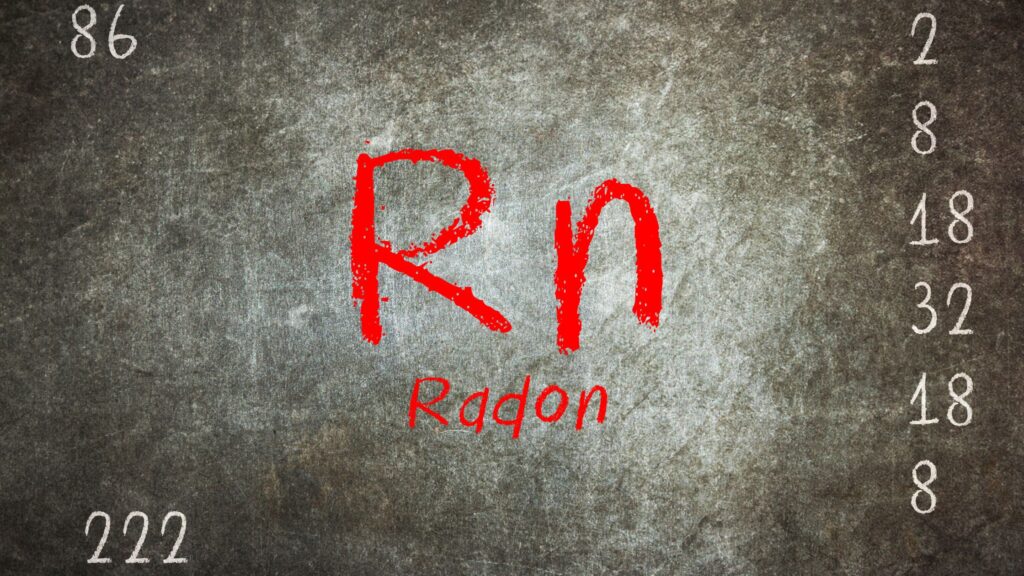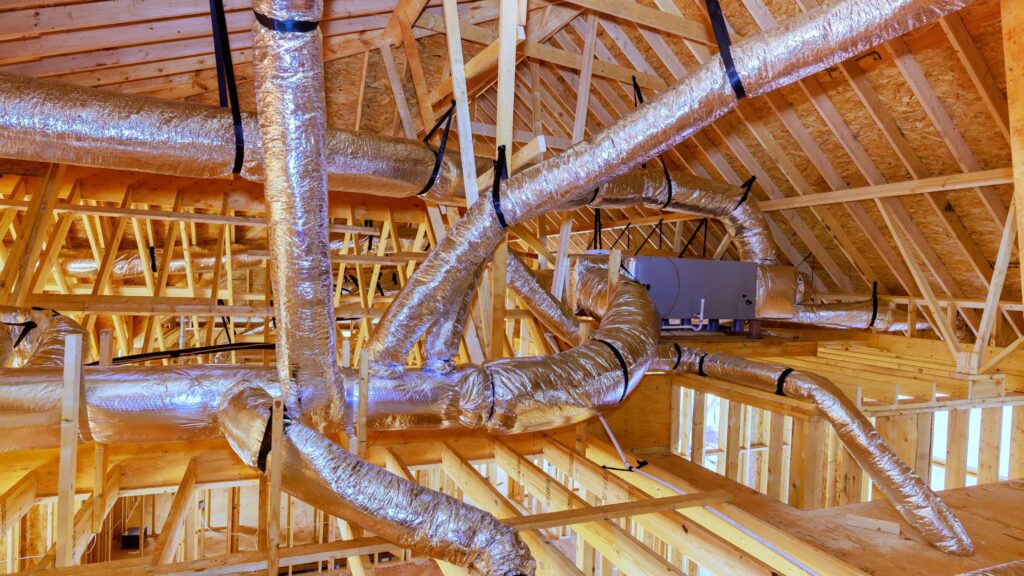Radon is a silent, invisible threat, and when your home sits over soil rich in uranium decay, it can seep indoors and build up to dangerous levels. Prolonged exposure increases the risk of lung cancer, making radon one of the leading causes of indoor air-related health issues. The most reliable method to block this risk is a sub-slab depressurization radon mitigation system. This system not only improves air quality but also creates a healthier and safer living environment for your family.
In this article, you’ll discover how the system works, why it matters, how to install it properly, and what to expect for long-term performance.
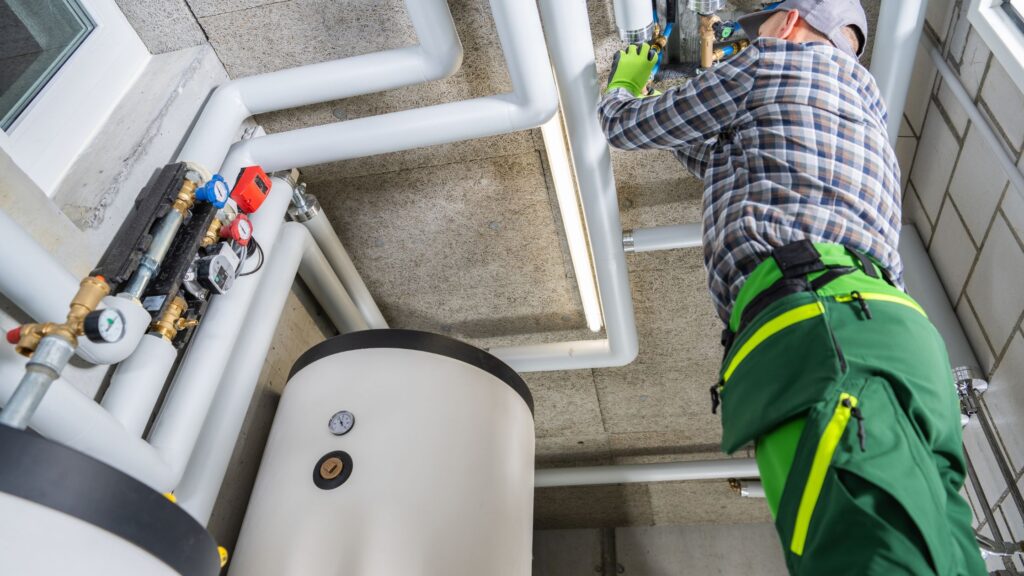
Importance & Use of Sub Slab Depressurization
Sub slab depressurization (also called active soil depressurization) works by creating a negative pressure beneath your concrete slab. It pulls radon-laden soil gases from below the foundation and vents them safely above the roofline.
This approach stands out because:
- It targets the main entry path for radon — from soil into living space.
- It is effective in many home types, including slab-on-grade and basements.
- It often reduces indoor radon levels by 80–99%.
- It uses low-power fans, keeping operating costs modest.
By reducing radon at the source, this method directly lowers health risks while also improving indoor comfort and peace of mind. Learn more about Radon Mitigation System Cost to Install.
Core Components & Design Principles
A properly designed sub-slab depressurization radon mitigation system includes:
- Suction point(s) drilled or cored through the slab into the soil.
- Suction pit beneath the slab to improve airflow.
- PVC piping connecting the suction point to a radon fan.
- Radon fan that creates negative pressure and pulls gases out.
- Vent stack exhausting radon safely above the roofline.
- Sealing cracks and joints to limit soil gas entry.
- A monitoring device to confirm the system is functioning.
Together, these components form an effective system that keeps indoor air safe from harmful radon exposure.
Step-by-Step Installation Process
Proper installation ensures the system works efficiently and provides long-term protection.
- Perform diagnostic testing to measure sub-slab airflow.
- Select suction locations based on test results.
- Drill through the slab and create a suction pit.
- Install piping leading from suction points to the fan.
- Mount the radon fan in a safe, unoccupied location.
- Vent exhaust above the roofline to avoid reentry.
- Seal foundation cracks for maximum efficiency.
- Test system performance by measuring airflow and radon levels.
- Monitor the system regularly for ongoing protection.
Following these steps ensures a durable, effective system that safeguards your home from dangerous radon exposure.
Advantages & Limitations: Sub Slab Radon Mitigation
A) Advantages:
- Highly effective in lowering radon.
- Works continuously year-round.
- Low energy use and running costs.
- Adaptable to different home types.
- Can reduce moisture and other soil gases.
B) Limitations:
- May require multiple suction points in large homes.
- Installation costs vary by home size and soil conditions.
- Fans must run 24/7; failure allows radon to return.
- Requires occasional maintenance and monitoring.
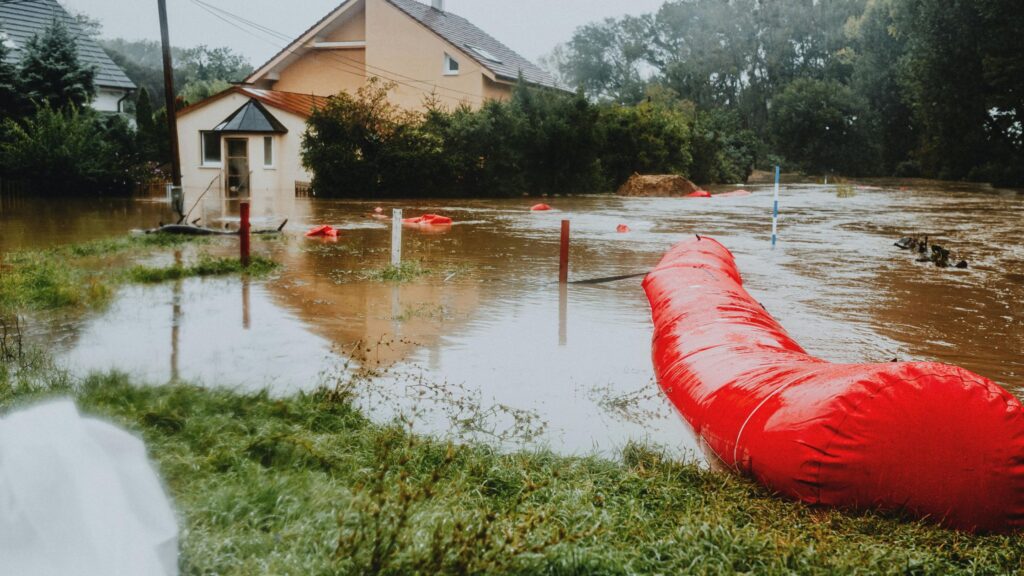
Real-World Effectiveness
When professionally installed, sub-slab depressurization systems can cut radon levels by up to 99%. Their success depends on soil type, foundation design, and the quality of installation, but they remain the most reliable radon mitigation method for residential and commercial properties. For homeowners, this means fewer health risks, a safer indoor environment, and long-term peace of mind knowing their families are protected from one of the most dangerous indoor air pollutants.
Why It Matters for Homeowners
Installing a radon mitigation system is not only about meeting safety standards — it’s about protecting your family’s health every single day. Children and older adults are particularly vulnerable to long-term radon exposure, making prevention even more important. Beyond health, a sub-slab depressurization radon mitigation system can also improve your property’s value. Many buyers now ask for radon testing before purchasing a home, and having a mitigation system already in place can make your property more attractive on the market.
Homeowners also gain peace of mind knowing they are not leaving a silent hazard unchecked. Radon cannot be seen or smelled, so without a proper system, families may unknowingly live with unsafe levels. Acting early ensures your home remains both safe and market-ready.
Health Impact & Urgency
Radon is the second leading cause of lung cancer after smoking. Unlike other hazards, you cannot see, smell, or taste it, which makes regular testing and mitigation critical. A sub-slab depressurization radon mitigation system is not just a home improvement — it is a health investment. Acting quickly reduces long-term exposure and ensures your living space remains safe for years to come.
Tips to Ensure Long-Term Performance
- Check system indicators regularly.
- Keep fans running continuously.
- Repair foundation cracks as they appear.
- Retest radon levels every 2–5 years.
- Replace fans and worn parts before failure.
- Maintain access for quick servicing.
Conclusion
Installing a sub-slab depressurization radon mitigation system is one of the most effective steps you can take to protect your home from radon. By capturing the gas before it enters your living spaces, this system ensures safer air and peace of mind for your family.
For expert radon mitigation services you can trust, rely on DSM Radon. Their experienced team provides testing, custom design, and installation solutions to keep your home safe for years to come.
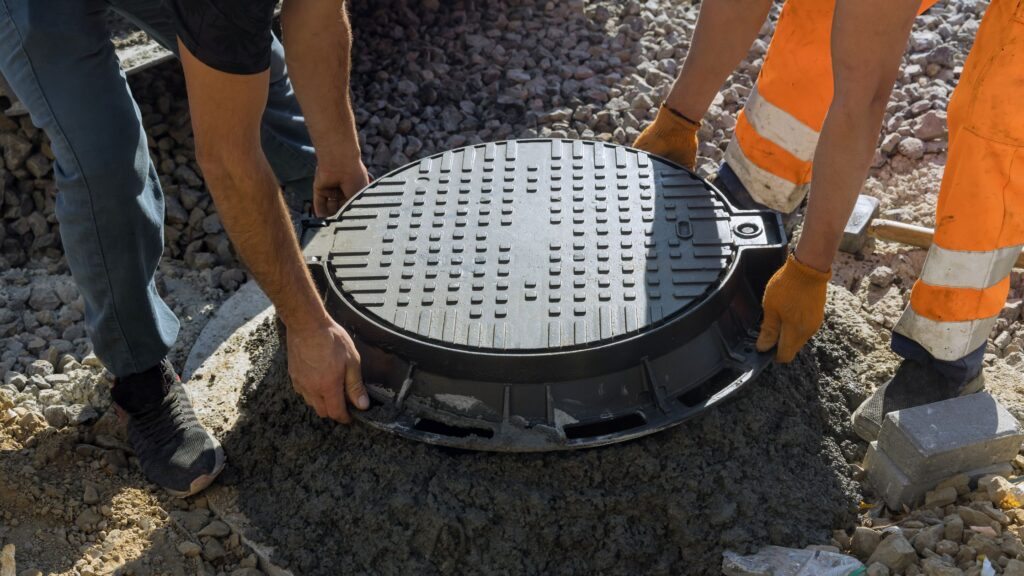
FAQs
Q1: How much does a sub-slab depressurization system cost?
The cost depends on your home’s size, design, and soil type. Most installations range from several hundred to a few thousand dollars.
Q2: Does the radon fan need to run all the time?
Yes. The system only works when the fan is on. Turning it off will allow radon to seep back into the home.
Q3: Can sealing alone reduce radon effectively?
No. Sealing helps, but it is rarely enough on its own. A full mitigation system is required for lasting results.
Q4: How often should radon levels be retested?
Every 2–5 years, after renovations or following any repairs to the system, to ensure it’s still effective.

